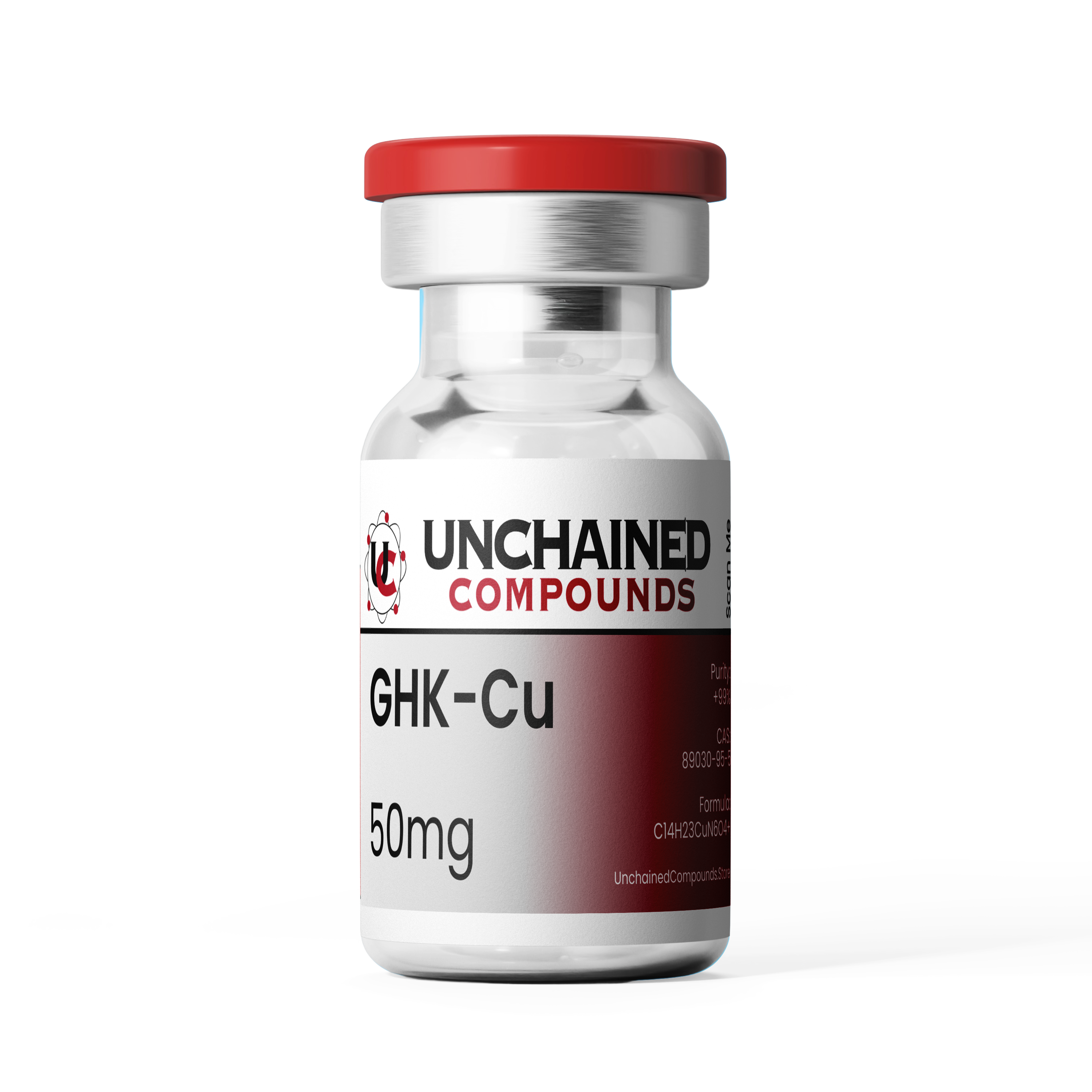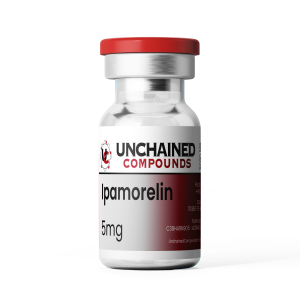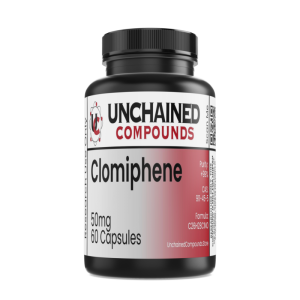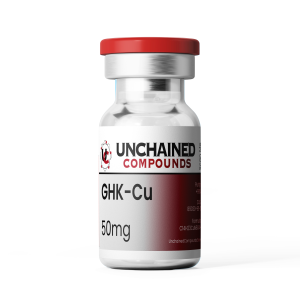Description




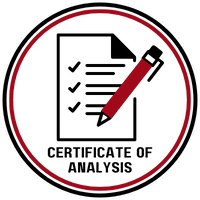

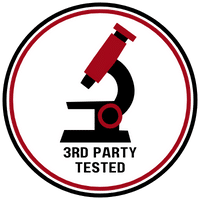
GHK-Cu is a naturally occurring copper complex of the tripeptide glycyl-L-histidyl-L-lysine. It can be found in human blood plasma, urine, and saliva. Research studies in animals have shown that GHK-Cu can improve wound healing, immune function, and skin health by stimulating collagen and fibroblasts and promoting blood vessel growth. The hormone also acts as a feedback signal that is generated after tissue injury. Additionally, GHK-Cu suppresses free-radical damage and thus is a potent antioxidant
Specifications
- Chemical Formula: C14H23CuN6O4
- Molecular Mass: 340.384g/mol
- Synonyms: tripeptide glycyl-L-histidyl-L-lysine, copper tripeptide, GHK-CuGHK-Cu, HY-P0063
- CAS Number: 89030-95-5
- PubChem: 73587
- Total Amount of the Active Ingredient: 50 mg (1 vial)
- Shelf Life: 36 months
Research Studies
GHK Peptide as a Natural Modulator of Multiple Cellular Pathways in Skin Regeneration
Abstract
GHK (glycyl-L-histidyl-L-lysine) is present in human plasma, saliva, and urine but declines with age. It is proposed that GHK functions as a complex with copper 2+ which accelerates wound healing and skin repair. GHK stimulates both synthesis and breakdown of collagen and glycosaminoglycans and modulates the activity of both metalloproteinases and their inhibitors. It stimulates collagen, dermatan sulfate, chondroitin sulfate, and the small proteoglycan, decorin. It also restores replicative vitality to fibroblasts after radiation therapy. The molecule attracts immune and endothelial cells to the site of an injury. It accelerates wound-healing of the skin, hair follicles, gastrointestinal tract, boney tissue, and foot pads of dogs. It also induces systemic wound healing in rats, mice, and pigs. In cosmetic products, it has been found to tighten loose skin and improve elasticity, skin density, and firmness, reduce fine lines and wrinkles, reduce photodamage, and hyperpigmentation, and increase keratinocyte proliferation. GHK has been proposed as a therapeutic agent for skin inflammation, chronic obstructive pulmonary disease, and metastatic colon cancer. It is capable of up- and downregulating at least 4,000 human genes, essentially resetting DNA to a healthier state. The present review revisits GHK’s role in skin regeneration in the light of recent discoveries.
Abstract
Oxidative stress, disrupted copper homeostasis, and neuroinflammation due to overproduction of proinflammatory cytokines are considered leading causative factors in development of age-associated neurodegenerative conditions. Recently, a new mechanism of aging—detrimental epigenetic modifications—has emerged. Thus, compounds that possess antioxidant, anti-inflammatory activity as well as compounds capable of restoring copper balance and proper gene functioning may be able to prevent age-associated cognitive decline and ward off many common neurodegenerative conditions. The aim of this paper is to bring attention to a compound with a long history of safe use in wound healing and antiaging skin care. The human tripeptide GHK was discovered in 1973 as an activity in human albumin that caused old human liver tissue to synthesize proteins like younger tissue. It has high affinity for copper ions and easily forms a copper complex or GHK-Cu. In addition, GHK possesses a plethora of other regenerative and protective actions including antioxidant, anti-inflammatory, and wound healing properties. Recent studies revealed its ability to up- and downregulate a large number of human genes including those that are critical for neuronal development and maintenance. We propose GHK tripeptide as a possible therapeutic agent against age-associated neurodegeneration and cognitive decline.
Regenerative and Protective Actions of the GHK-Cu Peptide in the Light of the New Gene Data
Abstract
The human peptide GHK (glycyl-l-histidyl-l-lysine) has multiple biological actions, all of which, according to our current knowledge, appear to be health positive. It stimulates blood vessel and nerve outgrowth, increases collagen, elastin, and glycosaminoglycan synthesis, as well as supports the function of dermal fibroblasts. GHK’s ability to improve tissue repair has been demonstrated for skin, lung connective tissue, boney tissue, liver, and stomach lining. GHK has also been found to possess powerful cell protective actions, such as multiple anti-cancer activities and anti-inflammatory actions, lung protection and restoration of chronic obstructive pulmonary disease (COPD) fibroblasts, suppression of molecules thought to accelerate the diseases of aging such as NFκB, anti-anxiety, anti-pain and anti-aggression activities, DNA repair, and activation of cell cleansing via the proteasome system. Recent genetic data may explain such diverse protective and healing actions of one molecule, revealing multiple biochemical pathways regulated by GHK.
Disclaimer
The information provided above is not intended to substitute medical advice, diagnosis, or treatment. Should you have any questions regarding a medical condition, seek the advice of your physician or a qualified healthcare provider. In no case should medical advice be disregarded or delayed because of what you have read or seen. We bear no responsibility or liability for your use of any of our research compounds and products. Please note that they are being sold for research purposes ONLY. We do NOT condone any personal use.
NOTE: In some cases wherein the assigned top colors are out of stock, a different top color will be used to ensure that your order will not be delayed. Should you need assistance identifying the peptide vial that you received, please send us an email at support@unchainedcompounds.store
ALL ARTICLES AND PRODUCT INFORMATION PROVIDED ON THIS WEBSITE ARE FOR INFORMATIONAL AND EDUCATIONAL PURPOSES ONLY.
The products offered on this website are intended for in-vitro studies only. In-vitro studies (Latin: “in glass”) are performed outside the body. These products are not medicines or drugs and have not been approved by the FDA to prevent, treat, or cure any medical condition, ailment, or disease. Bodily introduction of any kind into humans or animals is strictly forbidden by law.


